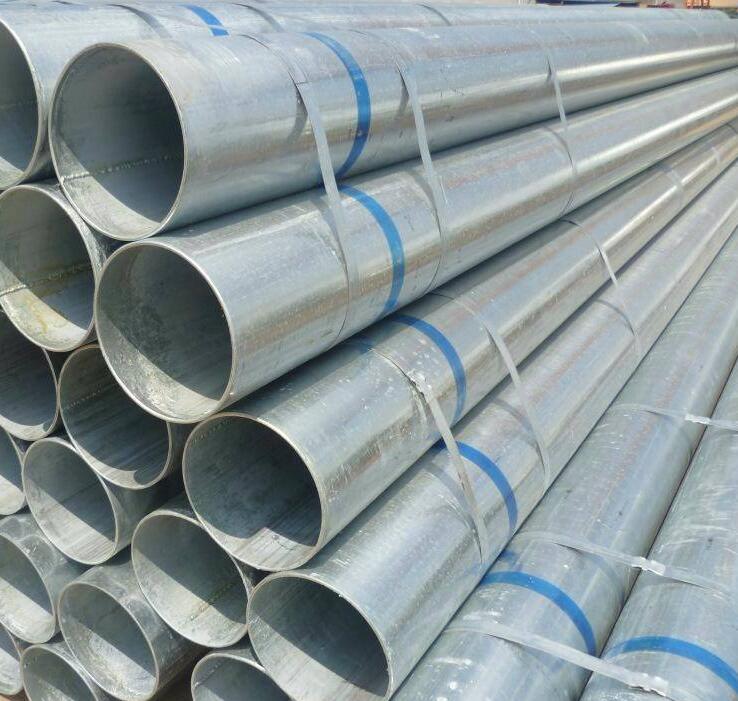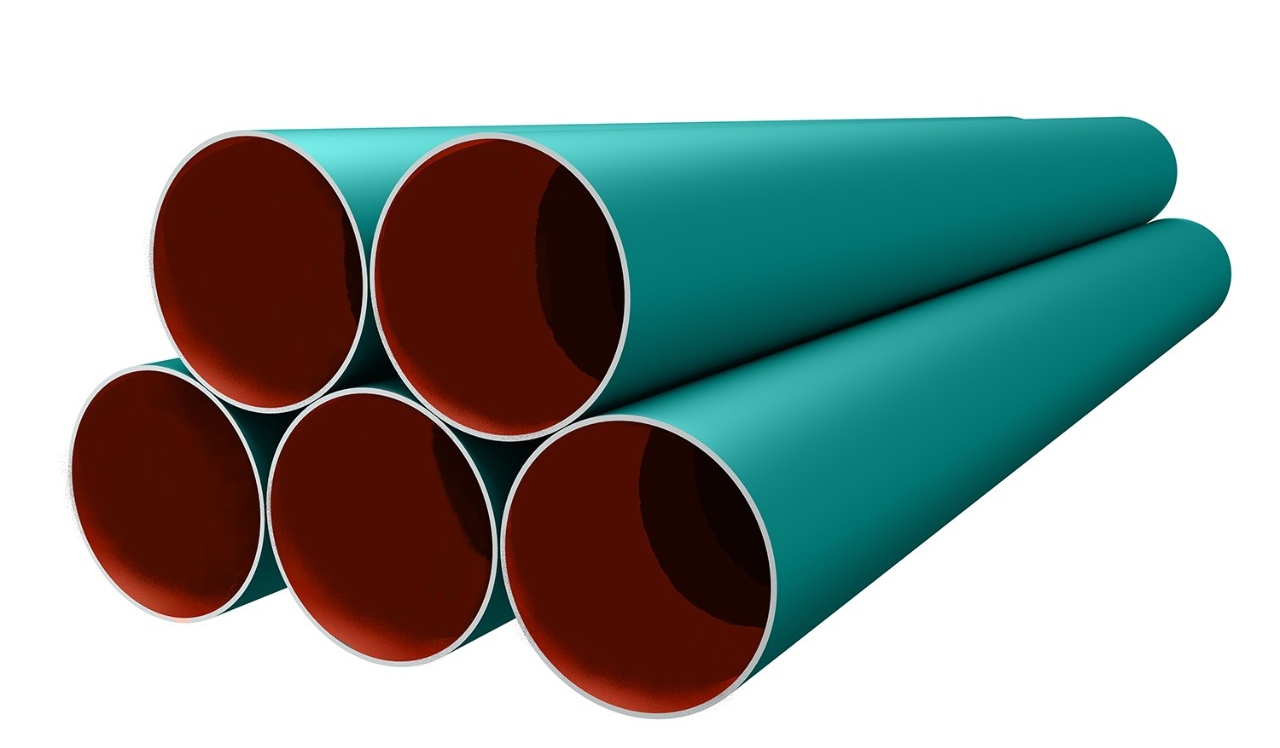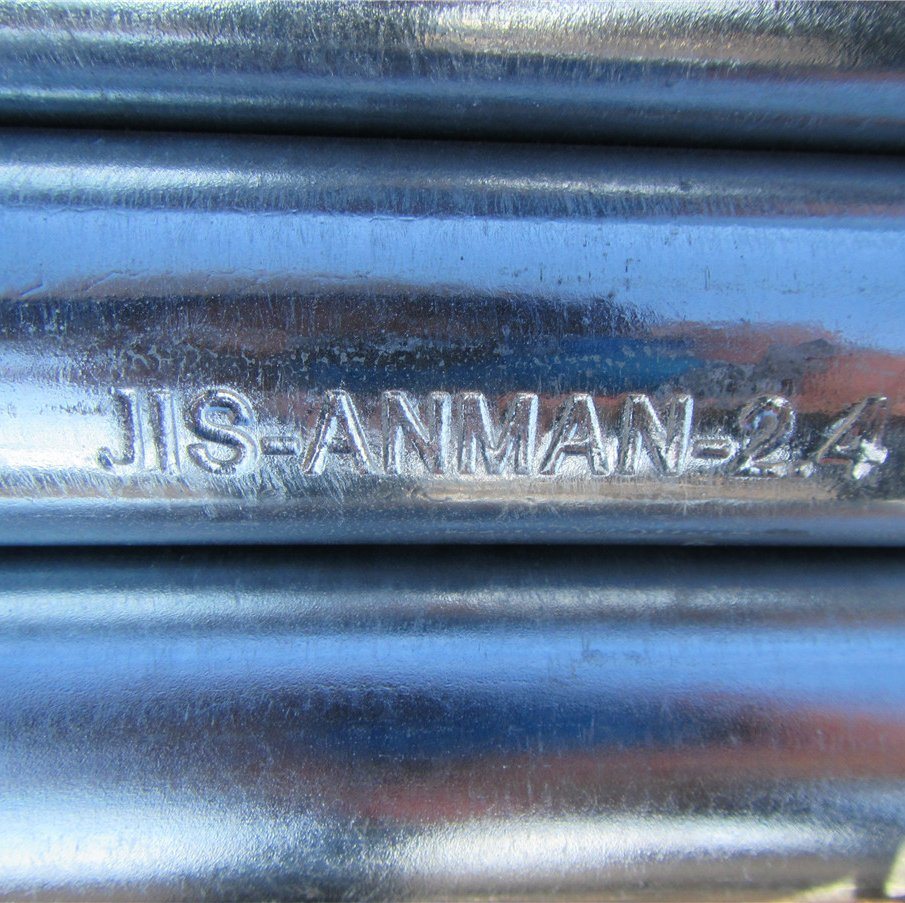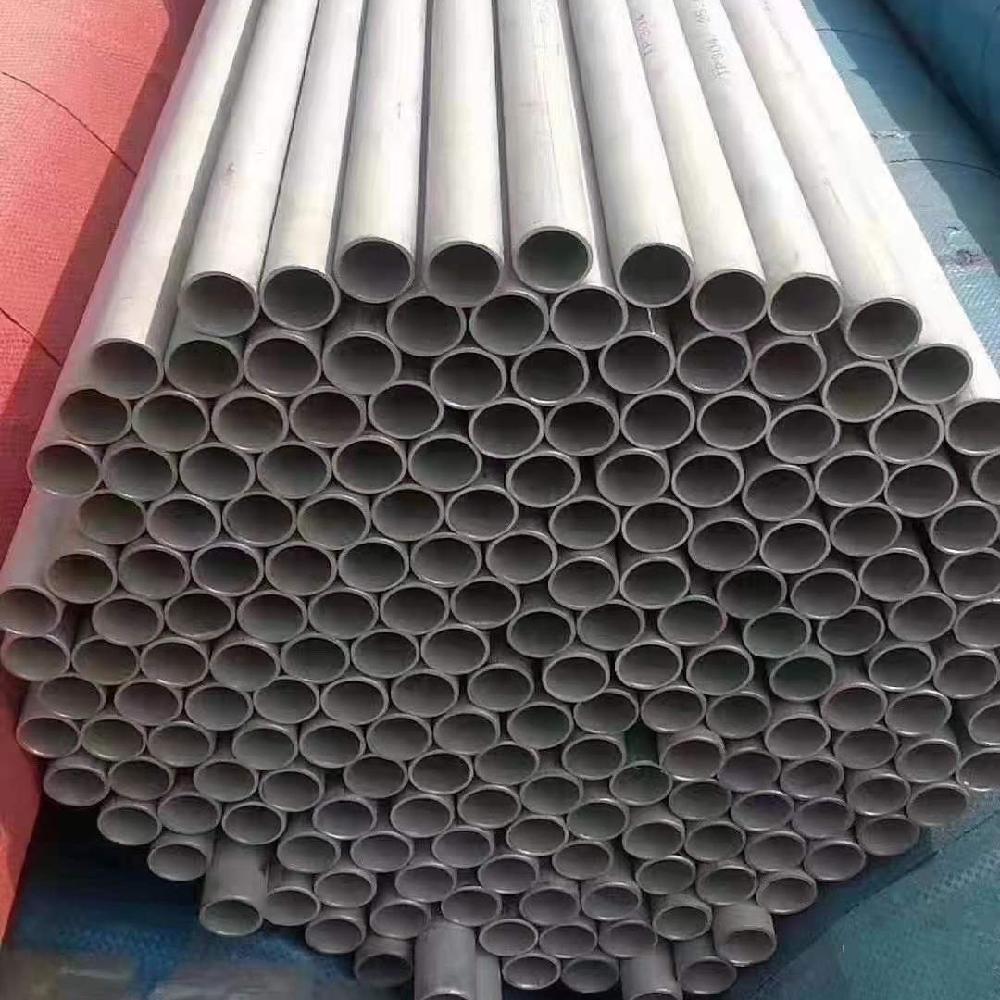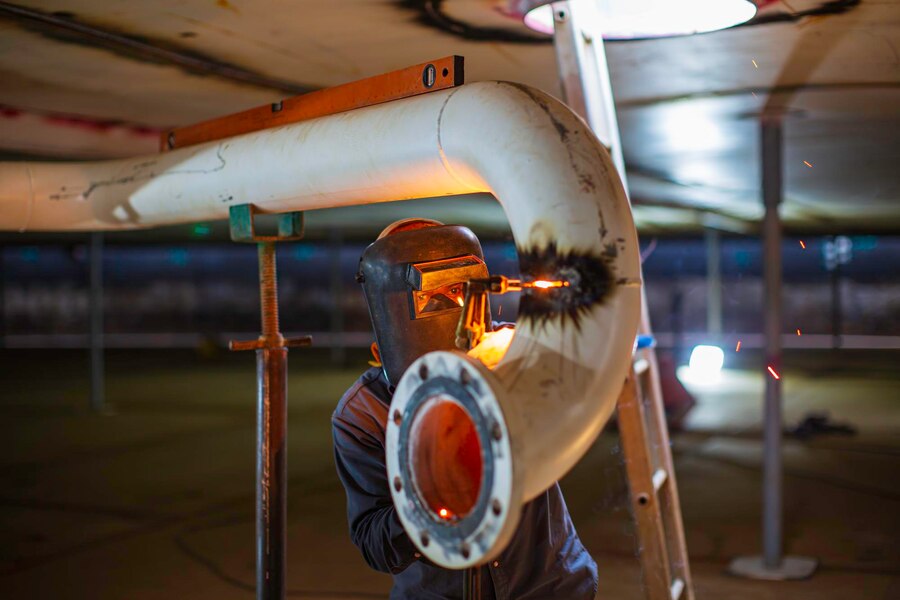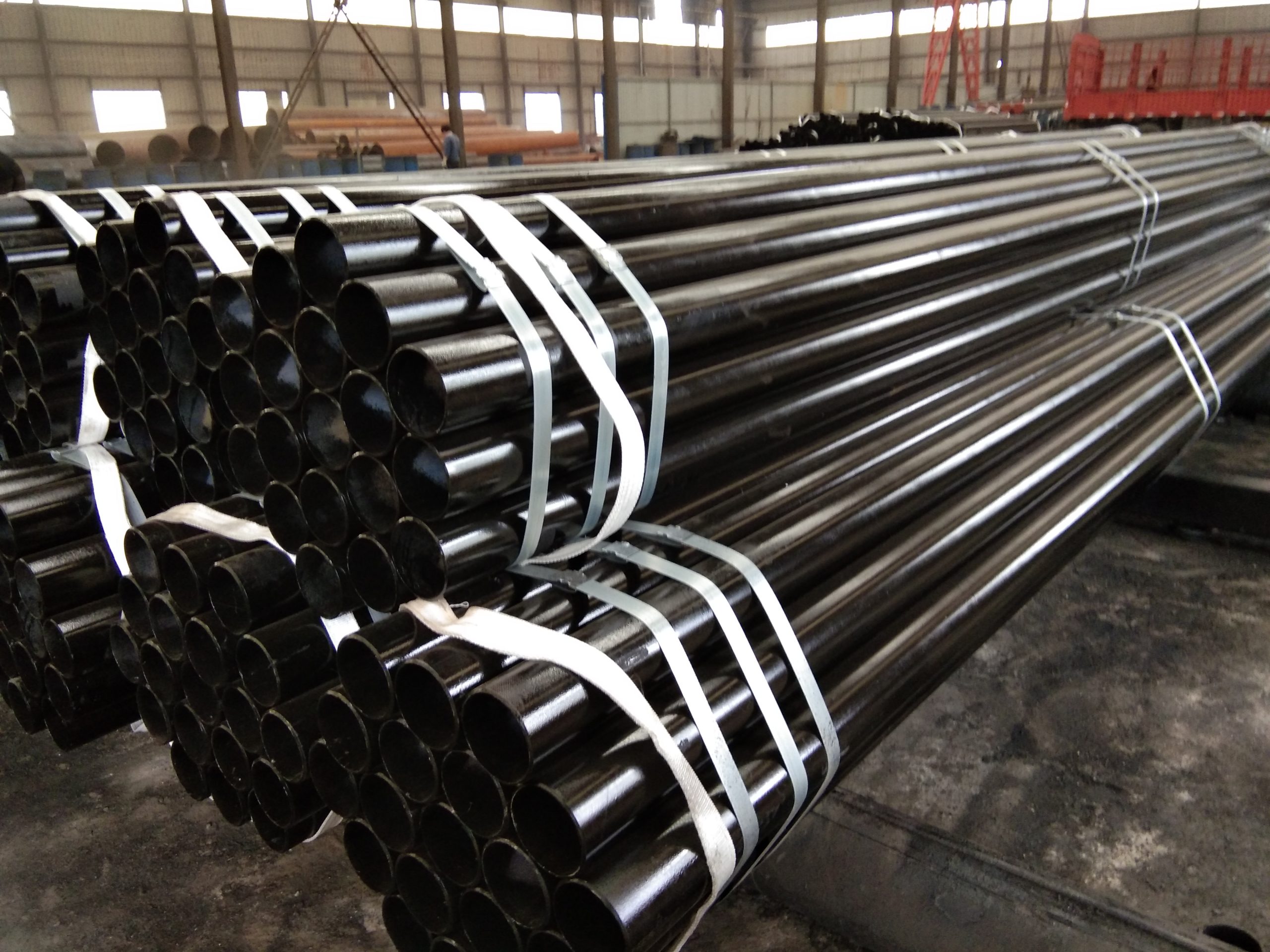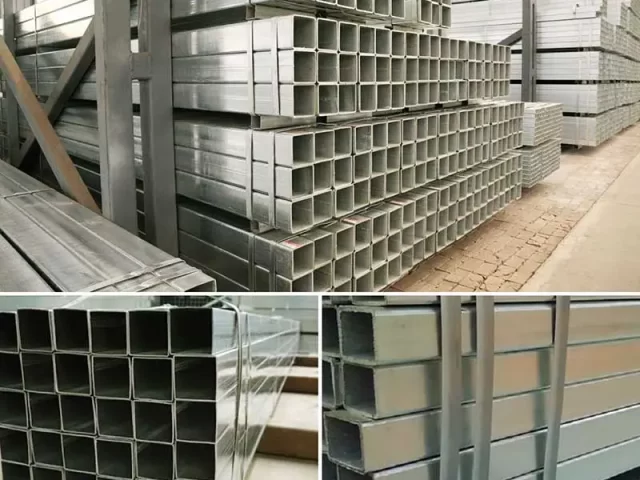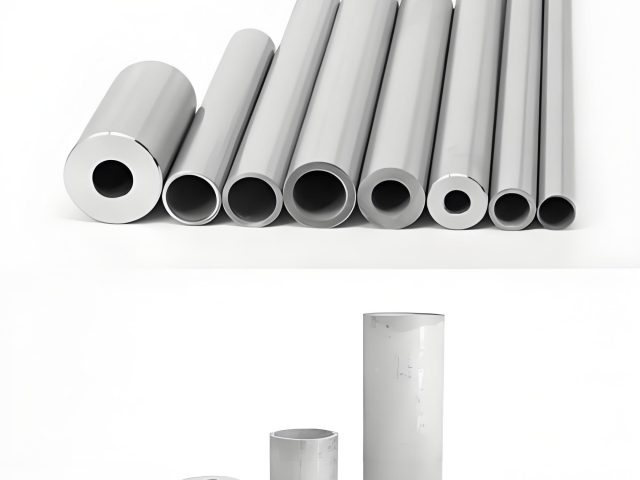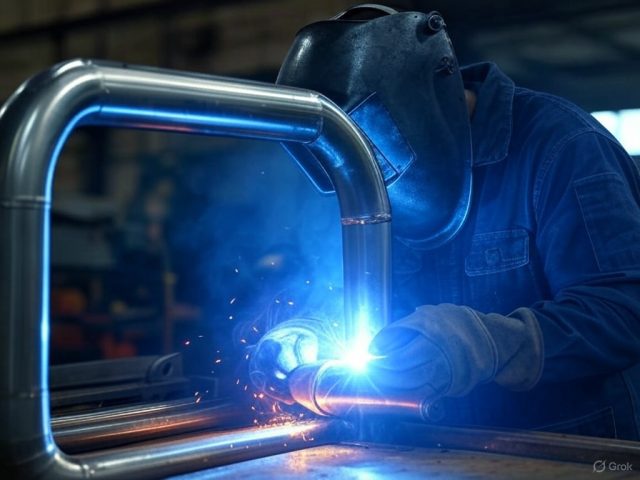What Causes The Alloy Steel Pipe Rust?
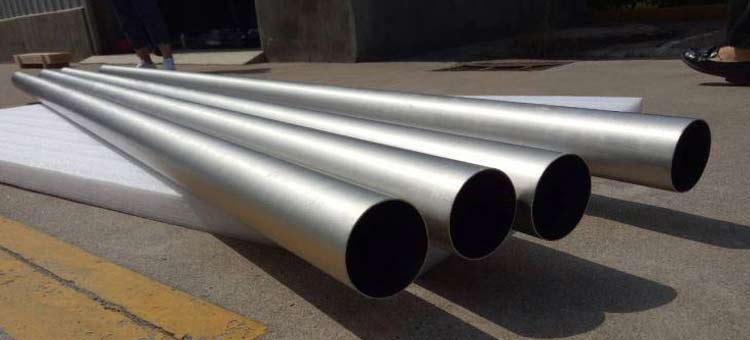
Alloy steel pipes, like any other steel products, can rust under certain conditions. Rust, or iron oxide, forms when iron reacts with oxygen in the presence of moisture. Even though alloy steel pipes are designed to resist corrosion better than regular carbon steel pipes, they can still rust due to a variety of factors:
Causes of Rust in Alloy Steel Pipes
- Exposure to Moisture:
- Water: Prolonged exposure to water, particularly in humid environments, can lead to rusting.
- Humidity: High humidity levels can accelerate the rusting process.
- Condensation: Temperature fluctuations that cause condensation can introduce moisture to the surface of the pipes.
- Oxygen Exposure:
- Air: Oxygen in the air reacts with iron in the steel, especially if the protective oxide layer is compromised.
- Water: Dissolved oxygen in water can also contribute to rust formation.
- Chemical Exposure:
- Acids and Alkalis: Contact with acidic or alkaline substances can corrode the protective layer on alloy steel, leading to rust.
- Salts: Salts, especially chlorides, are highly corrosive and can penetrate protective coatings, causing rust. This is particularly problematic in marine environments or where road salt is used.
- Mechanical Damage:
- Scratches and Abrasions: Physical damage to the protective surface coating or oxide layer can expose the underlying metal to air and moisture.
- Impact Damage: Impact that causes dents or other deformation can lead to localized rusting.
- Inadequate Protective Coating:
- Poor Coating Application: If protective coatings like paint, galvanization, or other treatments are poorly applied, they may not provide adequate protection.
- Wear and Tear: Over time, protective coatings can wear off, especially in areas of high friction or movement.
- Environmental Contaminants:
- Pollutants: Industrial pollutants, such as sulfur dioxide or nitrogen oxides, can combine with moisture to form acidic compounds that accelerate rusting.
- Industrial Chemicals: Exposure to industrial chemicals can also degrade the protective layers on alloy steel pipes.
- Galvanic Corrosion:
- Dissimilar Metals: When alloy steel pipes come into contact with other metals, an electrochemical reaction can occur, leading to galvanic corrosion. This is especially true if the metals are in a moist or conductive environment.
- Improper Storage and Handling:
- Outdoor Storage: Storing alloy steel pipes outdoors without adequate protection can expose them to the elements, leading to rust.
- Poor Handling Practices: Improper handling that damages protective coatings or exposes bare metal can initiate rusting.
Prevention Measures
To prevent rusting of alloy steel pipes, it is essential to:
- Apply Protective Coatings: Use paints, galvanization, or other protective coatings to create a barrier against moisture and oxygen.
- Regular Maintenance: Inspect and maintain protective coatings regularly, repairing any damage immediately.
- Proper Storage: Store pipes indoors or under cover to protect them from the elements.
- Control Environment: Minimize exposure to corrosive chemicals and harsh environments.
- Use Corrosion Inhibitors: Apply corrosion inhibitors in environments prone to rusting.
- Avoid Galvanic Corrosion: Insulate alloy steel pipes from other metals to prevent galvanic corrosion.
By understanding the causes of rust and implementing preventive measures, the longevity and performance of alloy steel pipes can be significantly enhanced.

